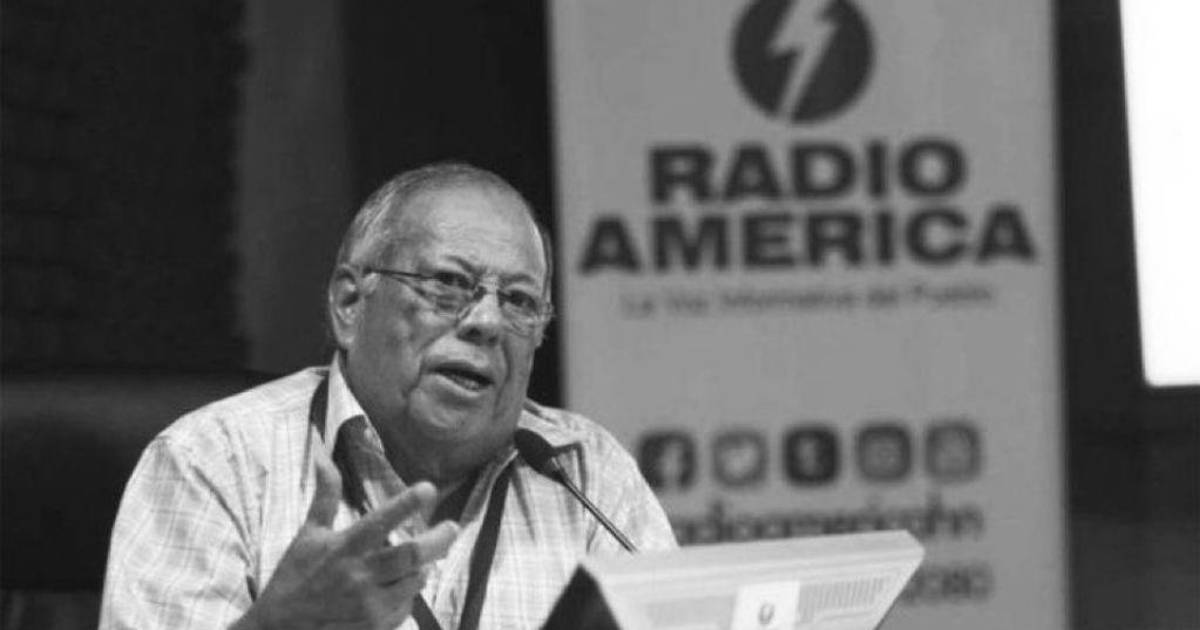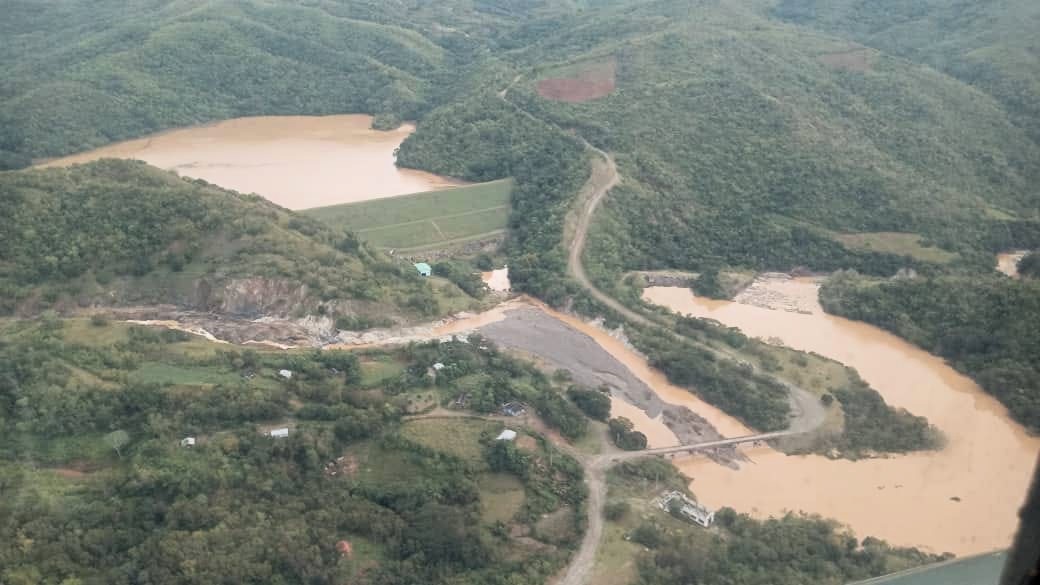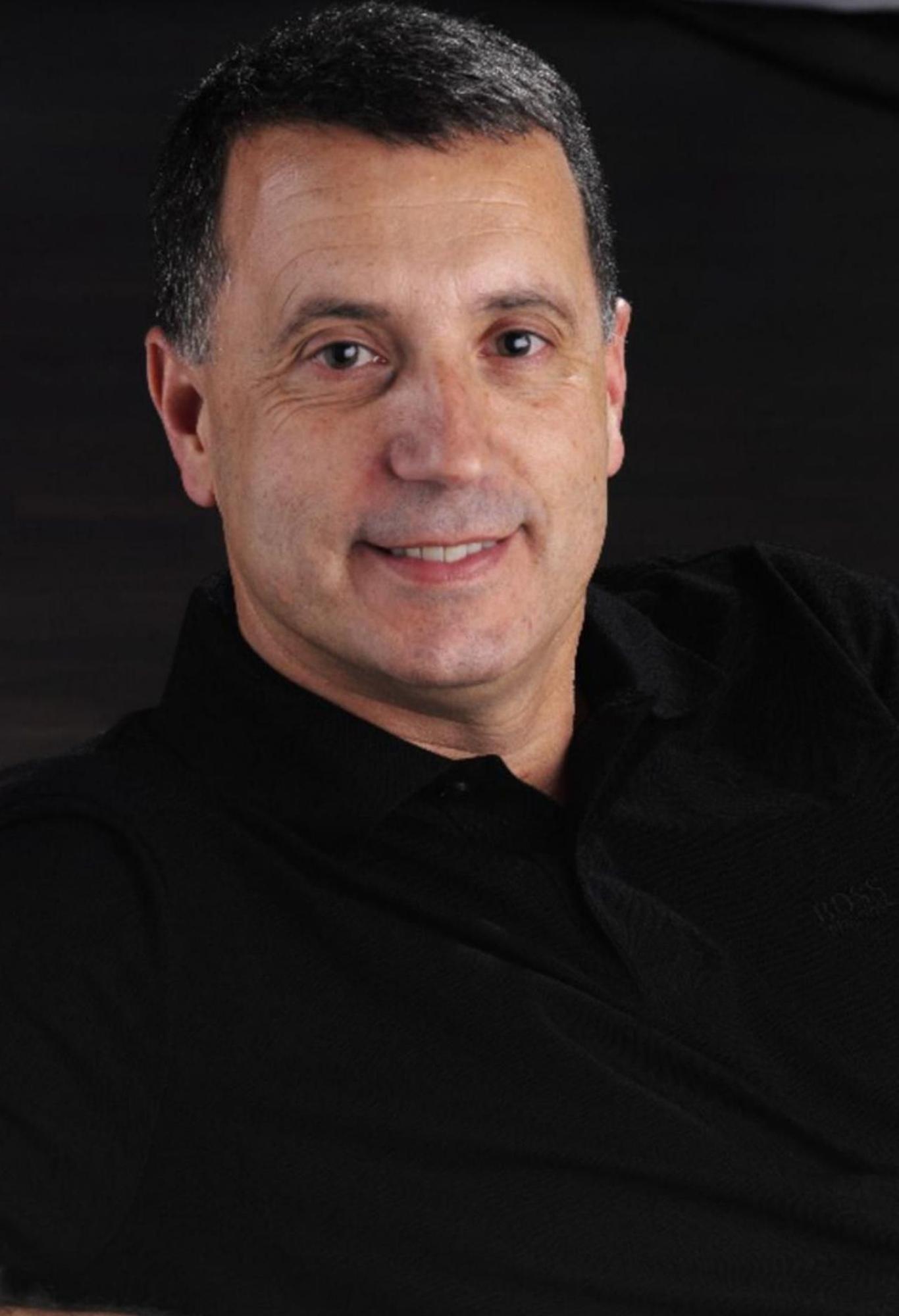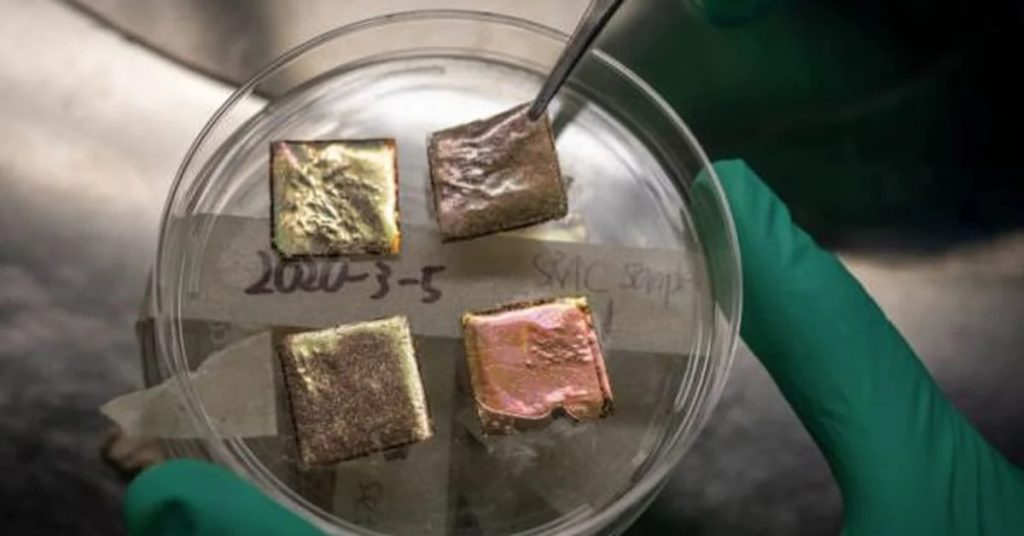Madrid, 17 (European Press)
At the Berkeley Lab, they developed a smart roof liner that keeps homes warm in the winter and cool in the summer, without consuming natural gas or electricity.
The research findings, published in the journal Science, point to an innovative technology that outperforms commercial cold roof systems in terms of energy savings.
“Our all-season roof covering automatically switches from keeping cool to heating, depending on the outside air temperature. It’s a zero-energy, zero-emission heating and cooling system, all in one device,” Junqiao Wu says in a statement. , a scientist in the Berkeley Lab’s Department of Materials Science and a professor of materials science and engineering at the University of Berkeley who led the study.
Wu explains that the problem with many cold roof systems is that they continue to radiate heat in the winter, which increases heating costs. “Our new material – called temperature-adaptive radiative coating – saves energy by automatically turning off radiative cooling in winter, overcoming the problem of supercooling,” he adds. TARC is the first roof covering to automatically switch from cooling in the heat to heating in the cold, regulating the rate of radiative cooling.
He explains, “A few years ago I was wondering if there was a material that could automatically switch between radiative cooling when it’s hot and heat retention when it’s cold. Then I thought vanadium dioxide could do that.”
Metals are generally considered good conductors of electricity and heat. In 2017, Wu and his research team discovered that the electrons in vanadium dioxide behave like a metal against electricity but as an insulator against heat—that is, they conduct electricity well without conducting much heat. “This behavior is in contrast to most other metals, where the electrons conduct heat and electricity proportionally,” he explains.
Vanadium dioxide below about 67 degrees Celsius is also transparent to thermal infrared light (and therefore does not absorb it). But as soon as vanadium dioxide reaches 67 degrees Celsius, it passes into a metallic state and absorbs thermal infrared radiation. This ability to transition from one phase to another—in this case, from an insulator to a metal—is characteristic of what is known as a phase change material.
Wu’s 2017 study revealed that replacing just 1.5% of the vanadium in vanadium dioxide with tungsten, a technology called “doping,” lowers the material’s phase change threshold to 25 degrees Celsius, an ideal temperature for real-world applications.
To see how vanadium dioxide works in a roofing system, Wu and his team designed a thin 2cm x 2cm TARC device with three layers: a reflective substrate made of silver, and a transparent middle layer made of fluoride. of barium and a top layer containing ordered blocks of vanadium dioxide “islands”.
Wu explains that TARC “is similar to tape and can be installed on a hard surface, such as a ceiling.” The current study demonstrates the astonishing all-weather versatility of vanadium dioxide in a TARC thin film, and compares its performance to dark and white commercial roofing coatings.
In a major experiment, co-lead author Kechao Tang conducted an experiment on the roof of Wu’s East Bay home last summer to demonstrate the technology’s feasibility in a real environment.
A wireless meter installed on Wu’s balcony continuously recorded responses to changes in direct sunlight and outside temperature for a TARC sample, a commercial dark roof sample, and a commercial white roof sample over several days.
They then used data from the outdoor experiment to simulate year-round performance of TARC in cities representing 15 different climate zones across the continental United States.
Wu enlisted Ronin Levinson, study co-author, team scientist, and Heat Island group leader in Berkeley Laboratory’s Division of Energy Technologies, to help them improve their model of surface surface temperatures.
Levinson, who has spent nearly three decades studying the technology, benefits, and policies of cold surfaces such as reflective roofs, walls and sidewalks, developed a method for estimating TARC’s energy savings from a set of more than 100,000 building energy simulations previously conducted by the Heat Island Group to assess the benefits of cold walls and roofs across all across the United States.
Wu’s team used this method to predict the annual energy savings that TARC would provide by reducing the energy need for cooling in the summer and heating in the winter.
Finnegan Reichertz, a senior student at the East Bay Innovation Academy in Auckland who worked remotely as a summer intern at Wu last year, helped simulate how TARC and other roofing materials behave at specific times and days of the year. Climatic regions that the researchers studied for work.
According to simulation experiments, TARC outperforms the current roofing coating in terms of energy savings in 12 out of 15 climate zones, especially in those with large temperature differences between day and night. “With TARC in place, the average home in the United States can save up to 10% of electricity,” Tang says.
According to the researchers’ measurements, TARC reflects about 75% of sunlight throughout the year, but its heat emission is high (about 90%) when the ambient temperature is warm (more than 25 degrees), which is conducive to heat loss toward the sky. When the weather is cooler, TARC’s thermal emissions automatically decrease (about 20%), helping to retain heat from solar absorption and indoor heating, Levinson explains.
The results of infrared spectroscopy experiments conducted with advanced instruments at the Berkeley Laboratory Molecular Foundry validated the simulations.
“Simple physics predicted that TARC would work, but we were surprised that it worked so well,” admits Wu. “At first we thought the change from heating to cooling wouldn’t be too drastic. Our simulations and experiments we’ve done both outdoors and in the lab have shown the opposite: it’s really exciting.”
The researchers plan to develop TARC models on a larger scale to test their performance as a practical roof covering.
Wu says TARC may also have potential as a thermal protective coating to extend the life of smartphone and laptop batteries, and to protect satellites and cars from extremely high or low temperatures. It can also be used to make temperature-regulating fabrics for tents, greenhouse covers, and even hats and jackets.

“Social media evangelist. Student. Reader. Troublemaker. Typical introvert.”







More Stories
Mother or father? This is the grandchildren’s favorite grandmother, according to science
“In colleges they continue to teach twentieth century medicine, not twenty-first century medicine.”
Students from Cordoba participate in the National Exhibition of Education, Arts, Science and Technology